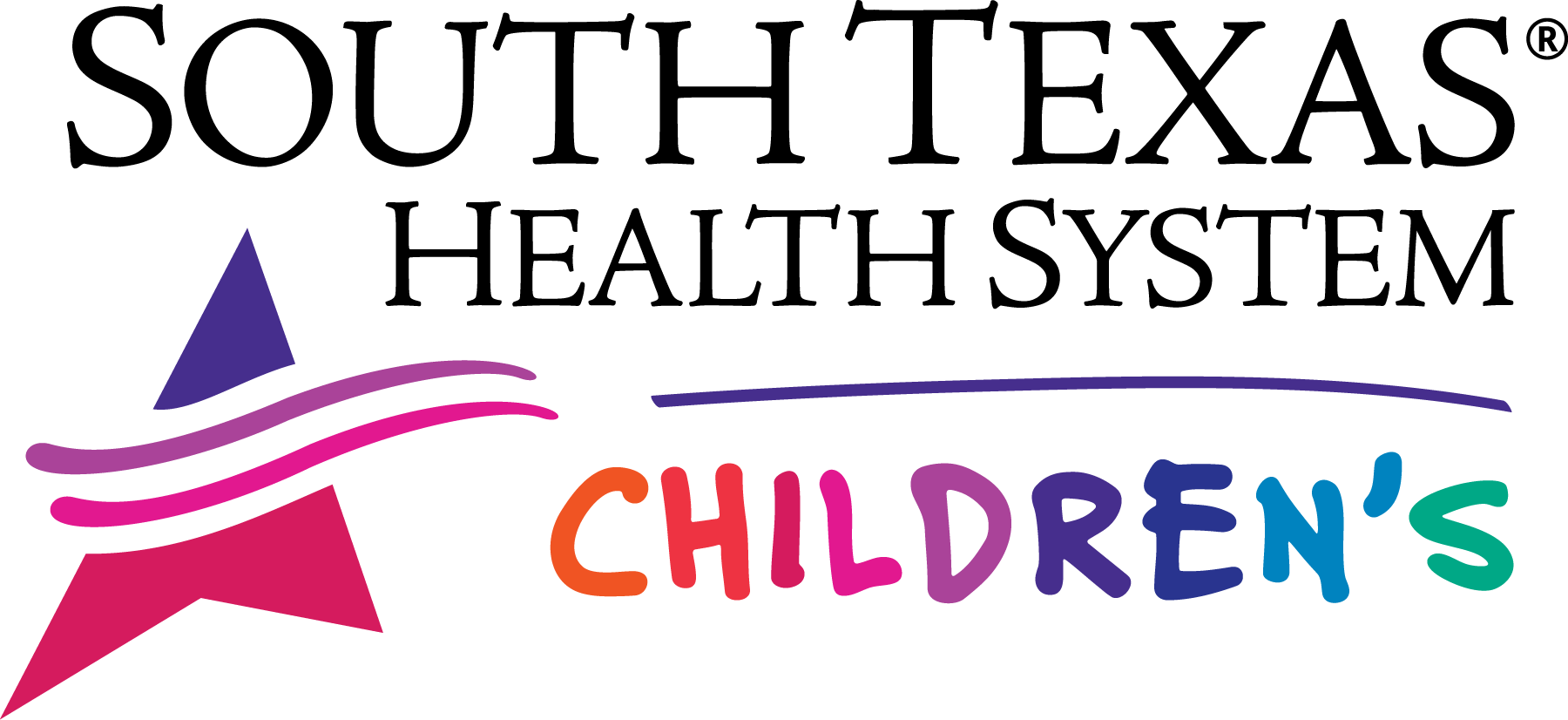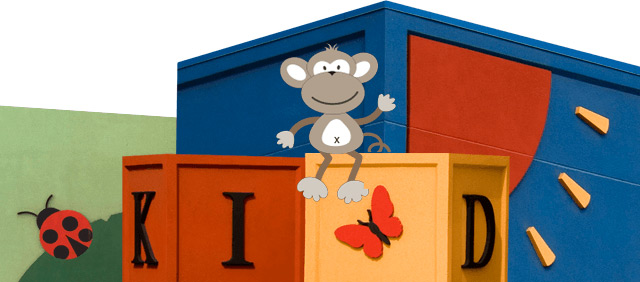Treating the Lungs and Respiratory System in Children
In addition to providing expert asthma care through a Joint Commission-certified program, the pulmonary team at South Texas Health System Children's uses advanced technology to diagnose and treat children with acute and chronic conditions affecting the lungs and respiratory system including infections like influenza and pneumonia, bronchitis and bronchiolitis, cystic fibrosis and breathing issues.
Our specialists create individualized treatment plans based on your child's condition and also focus on helping both you and your child understand his or her disease, and how it affects their body, so you can work together to better manage your child's condition and increase his or her strength and endurance.
According to the American Association for Respiratory Care (AARC), the majority of children who are hospitalized are admitted with a respiratory tract illness. Such problems range from colds and flu to asthma, allergies, pneumonia, bronchitis and bronchiolitis, and cystic fibrosis.
Lung and Respiratory Disorders in Kids
Pneumonia
Pneumonia is an infection in one or both of the lungs. The most common causes are bacteria, viruses and fungi. Children under the age of two and those with other health issues are most at risk for developing pneumonia. Signs of pneumonia include difficulty breathing, a cough and fever.
Typically, antibiotics are used to treat pneumonia if bacteria are the cause, whereas rest and drinking fluids may help with viral pneumonia. In some cases, babies and young children may need to be hospitalized to get better. When pneumonia patients are hospitalized, treatment might include intravenous (IV) antibiotics (delivered through a needle inserted into a vein) and breathing treatments. To help prevent pneumonia, doctors also recommend that everyone six months and older get an annual flu shot. That's because someone with the flu could then come down with pneumonia.
Influenza
Influenza or the flu is a respiratory infection caused by a number of viruses, which enter the body through the nose or mouth. People can mistake the flu for other illnesses. Symptoms of flu are body aches, chills, cough, fever, headache and sore throat. Compared to the flu, a cold rarely cause a fever or headache. The flu also doesn't cause an upset stomach.
To help prevent the flu, doctors recommend that everyone six months and older get an annual flu shot. According to the American Lung Association, the best time to get the vaccine is in September or October, as the flu season lasts through May. There was a nasal mist version of the flu vaccine, but this version is no longer recommended by the Centers for Disease Control and Prevention.
Bronchiolitis and Bronchitis
Bronchiolitis is an inflammation of the bronchioles, the smallest branches of the bronchial tree. Bronchiolitis affects mostly infants and young children, and can cause wheezing and serious difficulty breathing. It's usually caused by specific viruses in the wintertime, including respiratory syncytial virus.
In bronchitis, a common disease affecting teens, the membranes lining the larger bronchial tubes become inflamed and an excessive amount of mucus is produced. The person develops a cough to get rid of the mucus. Cigarette smoking is a major cause of chronic bronchitis in teens.
Cystic fibrosis
Cystic fibrosis (CF) is an inherited disease of the mucus and sweat glands that causes mucus to be thick and sticky. The mucus can clog the airways in the lungs and make a person more vulnerable to bacterial infections and lead to lung damage. According to the Centers for Disease Control, approximately 2,500 babies are born with CF each year in the United States.
Tips For Helping Your Child Breathe Easier:
Whether your child has a basic cold, the flu or something more severe, here are some ways to help kids breathe easier and stay well.
- Respiratory illnesses usually involve increased body temperature which can leads to dehydration. Drinking plenty of fluids will reduce discomfort for children. Fluids will thin mucus secretions and make it easier for children to cough it up.
- Colds and flu make breathing more difficult. We tire quicker because we exert so much energy breathing harder through smaller nasal airways. To keep energy levels up during a cold or flu, make sure your child gets proper nourishment.
- Tobacco smoke can have a serious effect on respiratory health of children. Children up to two years whose parents smoke suffer twice the rate of bronchitis and pneumonia as children of nonsmokers, according to the American Association for Respiratory Care.

